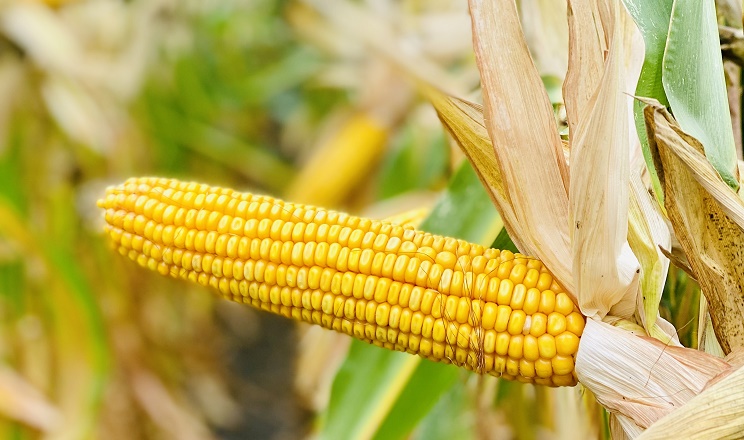Brazil: Internal market of corn bets on external bullish bias

On the eve of the harvest of the biggest Brazilian second crop of corn in history, we have a speculative movement on CBOT that helps to improve prices in Brazilian ports. In early June prices hit BRL 58/60 a bag in national ports, already with negative premiums. With the US weather scenario, the CBOT prices rose from USD 5.20 to 6.20/bushel and helped prices in ports in Brazil to jump to BRL 65/66 a bag. Trading companies continue to use the method of cutting premiums to neutralize the external hike in the domestic market, and the exchange rate has not collaborated with the domestic market. In July, the harvest will advance in a general way, with internal demand for absorption and exporters with commitments. The point that must remain relevant is the US weather.
The harvest of the Brazilian record second crop of corn is advancing in Mato Grosso, however, due to the still high moisture of grains, it should extend into July and August. The estimated production of 46 mln tons weighs on the pace of reaping and logistic flow. Fortunately, the initial nominations for the ports of the North, mainly Santarém, are surprising due to the much faster-than-expected pace. Prices improved to BRL 40/42, but with the lows at the end of the week on CBOT, indications came back to less than BRL 40.
The harvest of corn in Goiás is beginning to advance, but grain moisture is still high, between 25/30%, and few companies are receiving the second crop with this pattern, mainly trading companies. We believe that the harvest pace must advance more intensely in the second half of July and August. Corn with high moisture can collapse the receipt in warehouses. Prices had levels between BRL 42/45, and above this level only with withdrawal after October.
In Mato Grosso do Sul, Paraná, São Paulo, and Minas Gerais, the second crop is clearly later. The big factor this June is the non-occurrence of frosts and, also, the occurrence of great rains that will guarantee the forecast for excellent yield, well above average, this year. However, the harvest must be more concentrated by the end of July and August. Prices have improved to BRL 45/46 in Mato Grosso do Sul, up to BRL 50 with longer payment and withdrawal. In Paraná, BRL 55 to 60 depending on location and withdrawal. In São Paulo, the market is in the interval between the end of the summer crop and the beginning of the second crop. So, the shorter stocks of consumers help the market gain some short-term bullish relief. Prices reached BRL 55/57 in the interior and BRL 62/63 CIF. Good levels for the harvest eve of a record second crop.
In Matopiba, levels also stabilized despite the rather slow start of the second-crop harvest. Prices from BRL 45/46 to BRL 48 in Bahia. For the moment, despite still seeming low, the levels are much better considering the recovery in international prices.
From now on, however, we will have the traditional conflict between domestic buyers and trading companies. The positioning of the domestic market was to wait for the good development of the second crop and, after the harvest, replenish stocks. Some agents are proceeding with forward contracts, others are still waiting for a stronger pace of the harvest. Trading companies are trying to set business for July/August/September according to the spaces in national ports. Santos, for example, has strong shipments of soybeans, soymeal, and sugar, and the same happens with Paranaguá. São Luís, in Maranhão, would no longer have room for July.
So, it is clear that the bullish movement on CBOT is important, as it also changes the posture of external consumers, who were comfortable with the bias of a record Brazilian crop and the projection of a high US crop. Therefore, the CBOT movement is important for Brazil to boost sales to smoothly flow the Brazilian harvest during the second half of the year. However, there should not be room in the logistics and speed of shipments from July to September to the point of making purchases from the domestic market unfeasible at harvest. Therefore, there is supply to meet all domestic demand and exports without obstacles. Ship appointments start to speed up and reach 4 mln tons for July. Possibly, the difficulty with space in ports could slow down this pace of shipments and concentrate the flow further ahead.
Read also
Wheat in Southern Brazil Impacted by Dry Weather and Frosts
Oilseed Industry. Leaders and Strategies in the Times of a Great Change
Black Sea & Danube Region: Oilseed and Vegoil Markets Within Ongoing Transfor...
Serbia. The drought will cause extremely high losses for farmers this year
2023/24 Safrinha Corn in Brazil 91% Harvested
Write to us
Our manager will contact you soon



